Nuclear Transitions and Strategic Stability in Southern Asia
Por um escritor misterioso
Last updated 16 setembro 2024

As a result of the different, but intersecting, concerns, China, India, and Pakistan will for the foreseeable future pursue the steady buildup and diversification of their nuclear capabilities. This trend reflects their national judgments that the security threats, including those posed to each by the other(s), only seem to be increasing in intensity.

Nuclear Transitions and Strategic Stability in Southern Asia
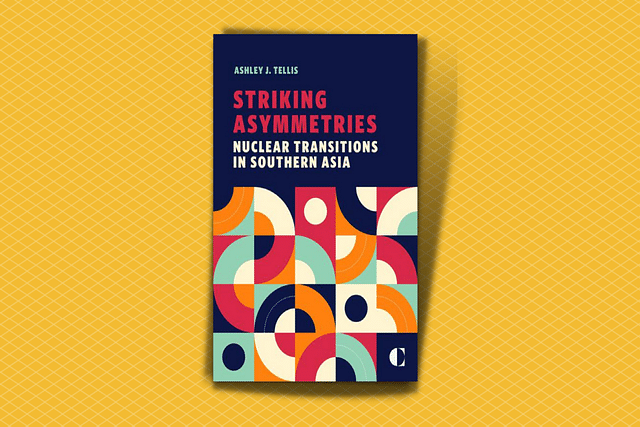
Striking Asymmetries' Review — Ashley Tellis Could Have Been Less

Two Days International Conference: Nuclear Deterrence and
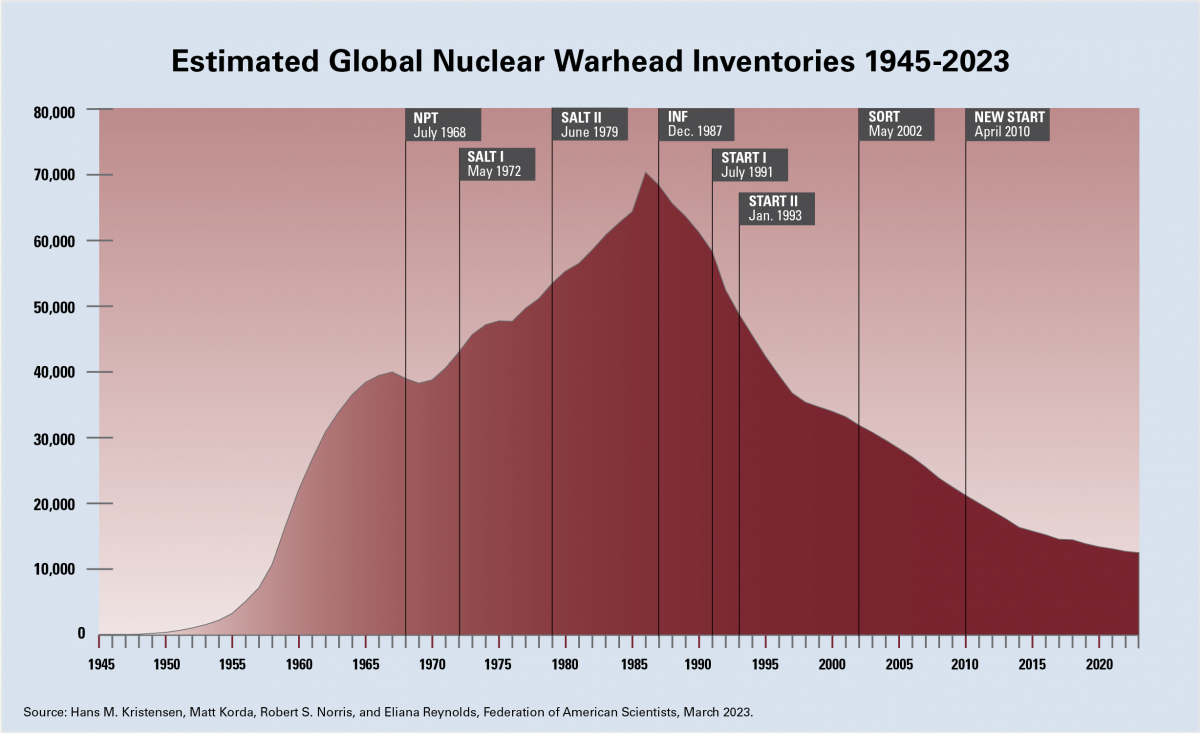
U.S.-Russia Nuclear Forces and Arms Control Agreements

Pakistan's Shifting Nuclear Strategy
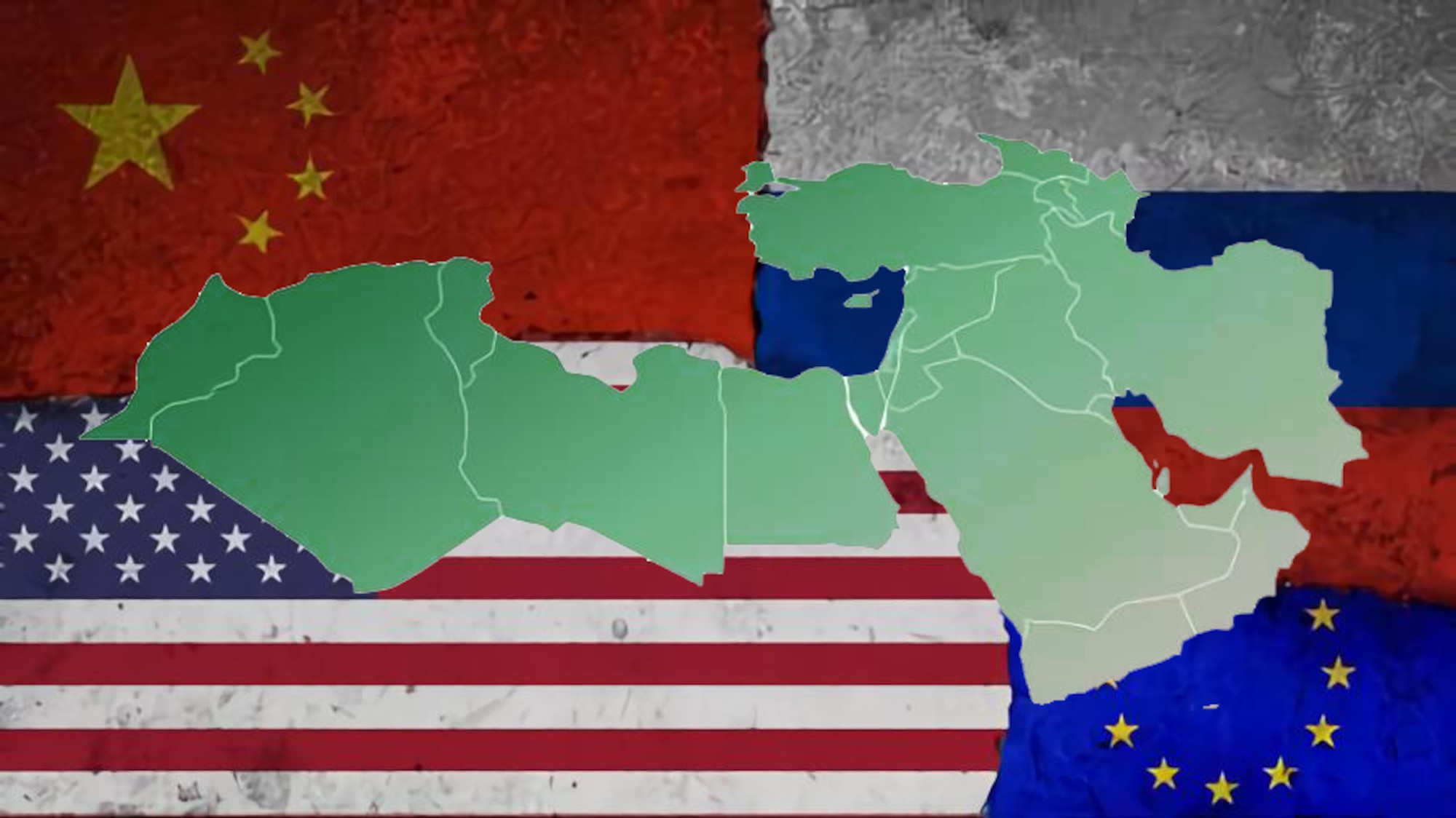
Rivalry Further Afield: The Probable Consequences of Great-Power
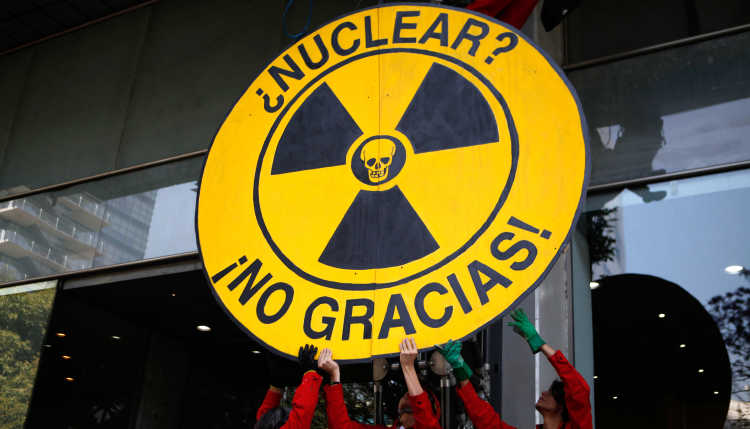
Towards a Global Zero for Nuclear Weapons: Three Lessons from
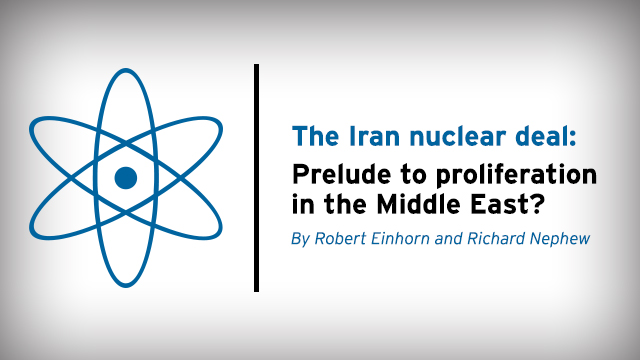
The Iran nuclear deal: Prelude to proliferation in the Middle East

Why the Energy Transition Will Be So Complicated - The Atlantic

Avoiding War Over Taiwan

STRATEGIC STABILITY IN SOUTH ASIA: A BRIDGE TOO FAR? 1 Brig
Recomendado para você
-
 Shoot! Goal to the Future Archives - Star Crossed Anime16 setembro 2024
Shoot! Goal to the Future Archives - Star Crossed Anime16 setembro 2024 -
 Cold War - Wikipedia16 setembro 2024
Cold War - Wikipedia16 setembro 2024 -
 Yoshiko Tsushima, Love Live! Wiki16 setembro 2024
Yoshiko Tsushima, Love Live! Wiki16 setembro 2024 -
 Shoot! Goal to the Future episode 1 subtitle indonesia - BiliBili16 setembro 2024
Shoot! Goal to the Future episode 1 subtitle indonesia - BiliBili16 setembro 2024 -
 Eps 1 Shoot! Goal To The Future - BiliBili16 setembro 2024
Eps 1 Shoot! Goal To The Future - BiliBili16 setembro 2024 -
 Reborn Rich - AsianWiki16 setembro 2024
Reborn Rich - AsianWiki16 setembro 2024 -
 Listen to Naavik Gaming Podcast podcast16 setembro 2024
Listen to Naavik Gaming Podcast podcast16 setembro 2024 -
 Another Monster, Naoki Urasawa's Monster Wiki16 setembro 2024
Another Monster, Naoki Urasawa's Monster Wiki16 setembro 2024 -
 Godzilla Singular Point - Wikipedia16 setembro 2024
Godzilla Singular Point - Wikipedia16 setembro 2024 -
![Firefly: The Complete Series [Blu-ray] : Nathan](https://m.media-amazon.com/images/W/MEDIAX_792452-T2/images/I/817tMfgRwTL._AC_UF1000,1000_QL80_.jpg) Firefly: The Complete Series [Blu-ray] : Nathan16 setembro 2024
Firefly: The Complete Series [Blu-ray] : Nathan16 setembro 2024
você pode gostar
-
 Discover How Playing Mobile Games Can Earn You Big Money: My16 setembro 2024
Discover How Playing Mobile Games Can Earn You Big Money: My16 setembro 2024 -
 A Plague Tale Innocence: Story Summary (Spoilers)16 setembro 2024
A Plague Tale Innocence: Story Summary (Spoilers)16 setembro 2024 -
 Boku no Hero Two Heroes- Filme Completo - Legendado PT-BR - cruzerr_blade na Twitch16 setembro 2024
Boku no Hero Two Heroes- Filme Completo - Legendado PT-BR - cruzerr_blade na Twitch16 setembro 2024 -
 Download BattleField (Attack On Titan) android on PC16 setembro 2024
Download BattleField (Attack On Titan) android on PC16 setembro 2024 -
 Five Nights at Freddy's: Security Breach on NEXARDA™ - The Video Game Price Comparison Website!16 setembro 2024
Five Nights at Freddy's: Security Breach on NEXARDA™ - The Video Game Price Comparison Website!16 setembro 2024 -
 Chess tournament returns to Bozeman for the first time since COVID-19, Culture16 setembro 2024
Chess tournament returns to Bozeman for the first time since COVID-19, Culture16 setembro 2024 -
 Tipos - Vantagens e Desvantagens - Blog Pokémon Age16 setembro 2024
Tipos - Vantagens e Desvantagens - Blog Pokémon Age16 setembro 2024 -
 How To Install: PS2 Graphics For GTA:SA!16 setembro 2024
How To Install: PS2 Graphics For GTA:SA!16 setembro 2024 -
 maybe Mihoyo got some inspiration from GC but however i love both girls so much : r/HonkaiImpact16 setembro 2024
maybe Mihoyo got some inspiration from GC but however i love both girls so much : r/HonkaiImpact16 setembro 2024 -
 VOCE SABIA QUE VEGETA TEM UM IRMÃO - DRAGON BALL16 setembro 2024
VOCE SABIA QUE VEGETA TEM UM IRMÃO - DRAGON BALL16 setembro 2024